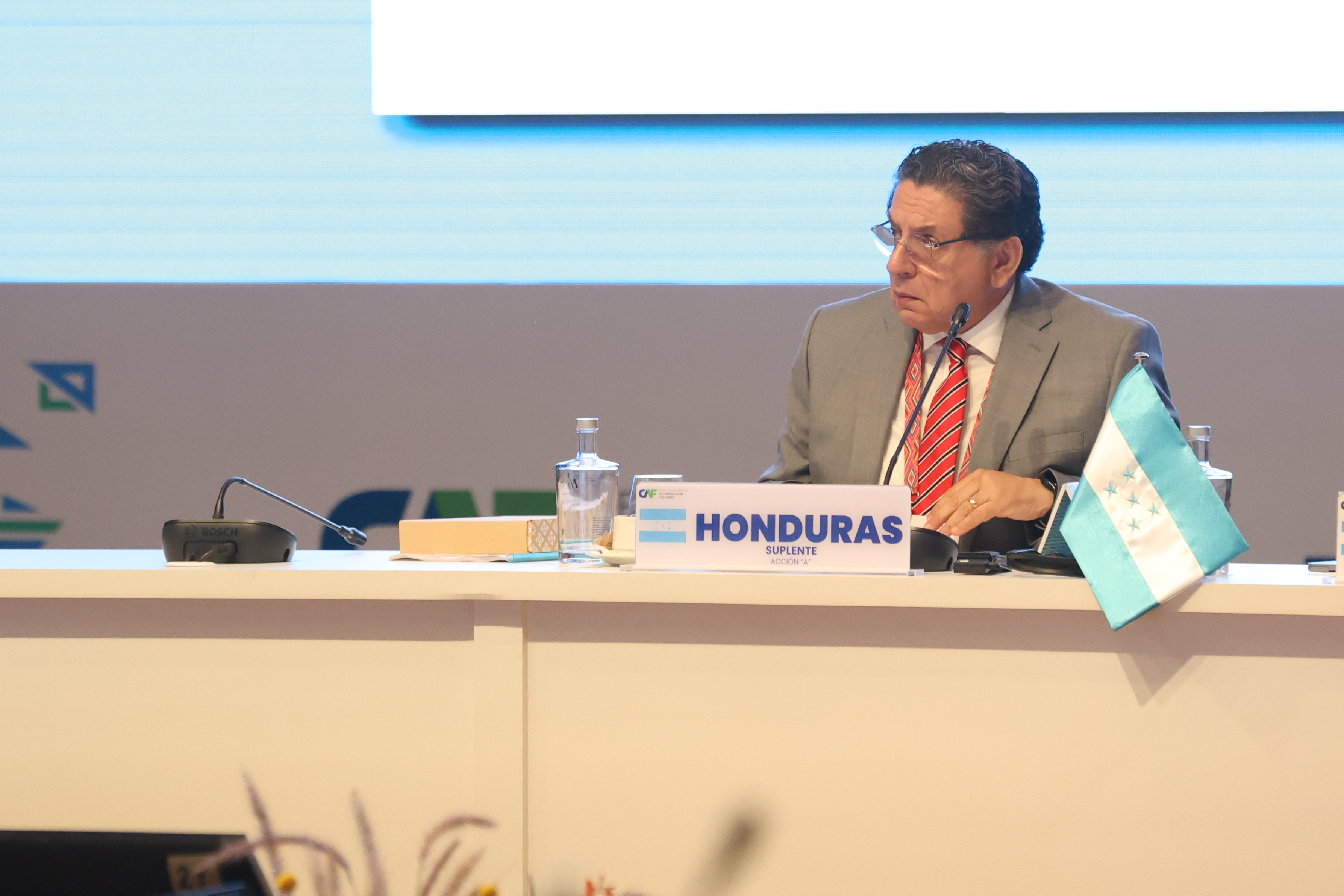Homes, companies and schools are where gender gaps are more evident in Latin America
Over the past 50 years, Latin America has made great strides in the struggle for gender equality. However, women still lack the education and employment opportunities that men enjoy, and remain in traditional family roles to a greater extent than in advanced economies, according to a CAF study.
Latin America has seen significant progress in terms of gender equality over the past few decades, but still lags behind in relation to the more advanced regions. The main causes of this are the stagnation of public policies in terms of gender equality in the workplace, family and school, according to CAF’s Gender Gap in Latin America report developed by researchers at CEDLAS.
Aiming to improve this scenario, the report provides a detailed diagnosis in these three areas, analyzing a few potential initiatives that contribute to improving the situation of women, particularly in the workplace. According to the publication, such actions could promote a better allocation of human resources as well as boost the region’s productivity.
The study calls for the implementation of educational policies aimed at helping adult women residing in rural areas, as well as comprehensive reforms that ensure an education system free of gender bias. As for the family, the analysis recommends that the region’s governments promote shared responsibility for unpaid reproductive work, as well as boost measures to reduce teenage pregnancy and poverty in female-supported households. Regarding labor policy the report points out that it is necessary to eliminate all cultural, institutional, legal and productive hurdles that keep women out of the economy, empowering them to fight workforce segregation.
"Latin America needs to close the gender gap in order to achieve substantial equality and boost economic development and productivity,” CAF Sustainable Development Vice President Julián Suárez said. “This study shows the need to generate a broad consensus to implement public policies that result in higher levels of economic, physical and political autonomy of Latin American women."
The report summarizes the challenges facing policymakers in terms of three major areas: education, family organization and labor markets.
Education
Regarding the gender gap in education, the diagnosis focuses on three aspects: access to and participation in education, intergenerational educational mobility and learning and careerchoices. In terms of formal education, women in their prime working lives (25-54) are as much as one trimester ahead of men on average. But educational progress has not benefited all women alike, growing at a slower pace in rural areas.
In fact, illiteracy is higher in women when compared to men, particularly in rural areas, where more than eight percent of women between the ages of 25 and 34 claimed not being able to read or write. On a regional scale, men are still ahead of women in terms of education in some countries.
The dynamics of such gaps suggest that cultural and environmental conditioning play an important role in their formation. For example, while men still outperform women in mathematics, the advantage is usually small or inexistent at an early age, growing as students move up in the educational system. Future challenges will consist mainly on reducing dropout rates among middle school students by addressing the differential factors that prompt both boys and girls to leave school.
Family
The analysis of the gender gap in families focuses on household formation and organization patterns and their interaction with education and labor, especially three aspects: changes in their makeup, who the head of household is and the distribution of internal roles.
Nearly one in three Latin American households are headed by a woman. But this does not mean that these households are poor, with low educational level and no spouse present. The economic empowerment of women has resulted in an increase in the number of young, female-headed two-parent homes with high education level. However, single-parent households - which are usually poor - still account for as much as 57 percent of households with a female head. This two-sided phenomenon makes it necessary to separate the notion of a female-supported home from a “vulnerable” one, which is commonly used in the field of social policymaking.
On the other hand, women still spend a much larger portion of time on domestic tasks when compared to men, and these gaps are more pronounced if children are present. It is also worth noticing that these patterns do not differ much across socioeconomic levels, even though goods and services that make household work easier - such as home technology and paid care services - are more accessible to wealthy families. The unequal burden of domestic responsibilities means that in Latin America the total hours worked (paid plus unpaid) is greater for women than for men.
Labor markets
The gender gap situation in labor markets is analyzed in terms of labor force participation, employment and wage structure. Latin American women make 11 percent less than men on average. But this gap grows to 22 percent when comparing workers with similar characteristics.
Of every ten Latin American workers between 25 and 54 years of age, only four are women. When they are busy, they work a median of 40 hours a week, or eight less than men. Two particularly relevant factors to understanding these gaps in labor supply are family status and education. Women living with their partners and those with less formal education have particularly low labor force participation rates.
In terms of development over time, the increasing trend of female participation in the work force over the past few decades has been slowing. Although this phenomenon may be explained by a greater availability of social benefits that reduce the need to seek employment - particularly among lower-income women - the systemic factors affecting the entire labor market cannot be ruled out.
Men and women not only differ in the intensity of their labor force participation, but gender dissimilarities extend to the job profile. Women tend to seek more flexible jobs, particularly with regard to the distribution of the work day, than men do. The sectoral structure of women's employment in the region has not changed much in recent decades, except for an increase in female participation in qualified services and public administration at the expense of a smaller share in primary and industrial activities. Such changes suggest, in a way, job flexibility operates as a strategy to resolve the conflict between work and family life facing Latin American women.
CAF's more recent content

CAF approves USD 80 MM to promote equality & inclusion in Honduras
CAF's first loan to Honduras seeks to recognize and support policies, regulations and institutional changes for the empowerment of women and the social inclusion of people with disabilities, indigenous and Afro-Hondurans.
CAF allocates USD 2,740 MM for the region´s sustainable development
At its meeting in Lima, CAF approved 14 loans for 9 countries, focusing on social inclusion, infrastructure, competitiveness and climate action, and pledged to double its portfolio by 2030. In addition, Antigua and Barbuda joined CAF, which continues to expand in the Caribbean, and humanitarian aid was signed for Barbados, Ecuador and Honduras.

